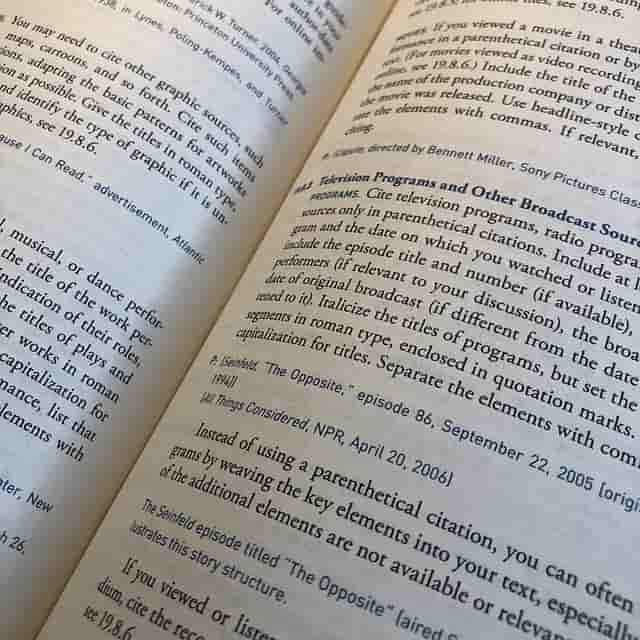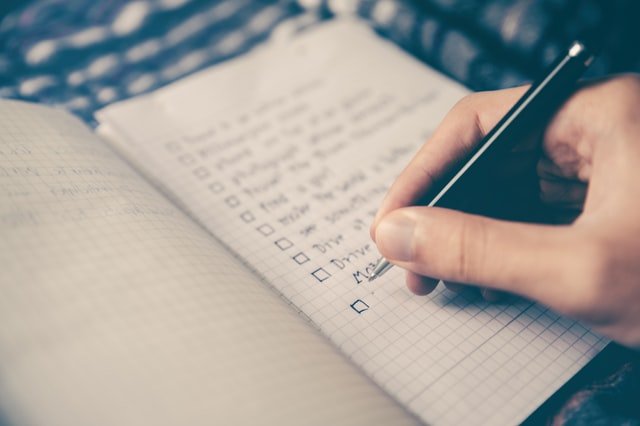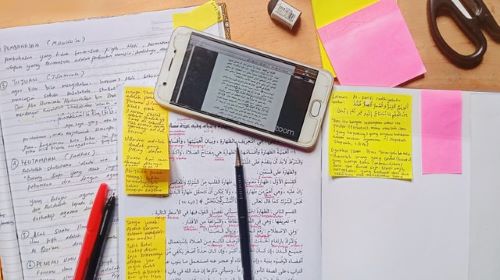How to Write a Dissertation Proposal: Ultimate Guide
Do you want to learn how to write a dissertation proposal? Just follow the 6 simple steps from our ultimate guide.

Do you want to learn how to write a dissertation proposal? Just follow the 6 simple steps from our ultimate guide.

Having trouble with academic formatting? APA is tiresome, MLA is odd, and Chicago is impossible to master. Luckily, with the best citation generator, it's not an issue!

Discover how to cite a research paper in all academic citation styles. Learn about APA, MLA, ASA, Chicago, and Turabian.

Most college students use online academic services at least once during their studies. With this best homework help websites review, you'll know where to look!

Students need to understand what research paper format is to write their essays properly. This guide exists for this very purpose: read it and learn all the rules.

Sweating over how to structure a research paper? This guide will dispel your worries and show you how to do that in several easy steps! Stay tuned and learn everything.

Finding an online essay summarizer is no easy task, but we made a list with top academic choices. Scroll through it and you'll find the best conclusion generator for free!

We found top paraphrasing tools, meet them and try them!

Are you searching for the best summary generator for free? You are not alone! Check our options, summarize your text, and you'll find the top tool in no time.

For getting good grades, you need to learn everything about academic essay format. No matter where you study and what you're majoring in, it'll have a similar layout.

Students are always interested in college essays that worked because they want to write something impressive. So how to do it? Join us on this educational ride.
Thank you for
sharing your comment!
Your opinion means a lot!